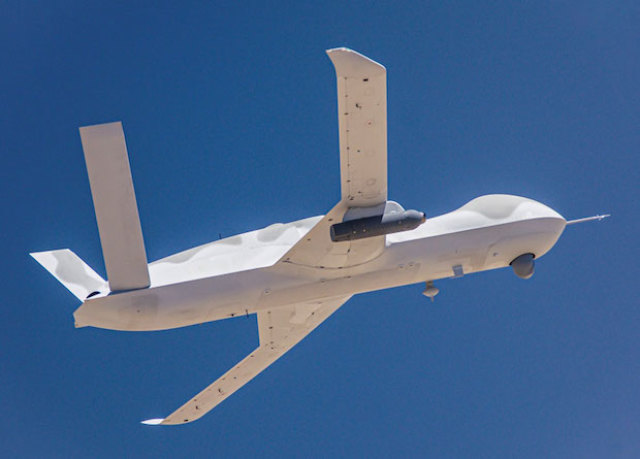The American company General Atomics has tested the Avenger jet attack unmanned aerial vehicle with the Legion Pod infrared search and tracking system. With its help, the Avenger autonomously tracked and escorted several targets.
Unlike radar stations, infrared search and tracking systems are insensitive to the effects of electronic warfare and stealth technologies. They operate in a completely passive mode, detecting and tracking targets by their thermal radiation.
Lockheed Martin initially developed the Legion Pod suspension container with an infrared search and tracking system for F-15 fighters. The military has already tested the system by launching short-and medium-range missiles.
The Legion Pod has also already flown on the drone — in January, General Atomics suspended it on the Avenger. But at that time, the system did not work, the specialists simply checked the aerodynamic effect of the container on the controllability and maneuverability of the device. The company did not disclose the purpose of the tests, but most likely they were ordered by the US Air Force as part of the program to develop an unmanned wingman. An infrared search and tracking system can help him act relatively unnoticed and use air-to-air missiles against aerial targets.
In July, Avenger first used Legion Pod for autonomous tracking and tracking of targets. The tests were conducted in southern California. The infrared search and tracking system identified several fast-moving aircraft and transmitted the target designation data to the drone. He autonomously prioritized them and accompanied them. The purpose of the demonstration, again, is not specified.
General Atomics participates in the US Air Force Skyborg program to create unmanned wingmen and an artificial intelligence system for them. Earlier we wrote that she conducted flight tests of the" brain " of Skyborg on the Avenger drone.
Vasilisa Chernyavtseva

